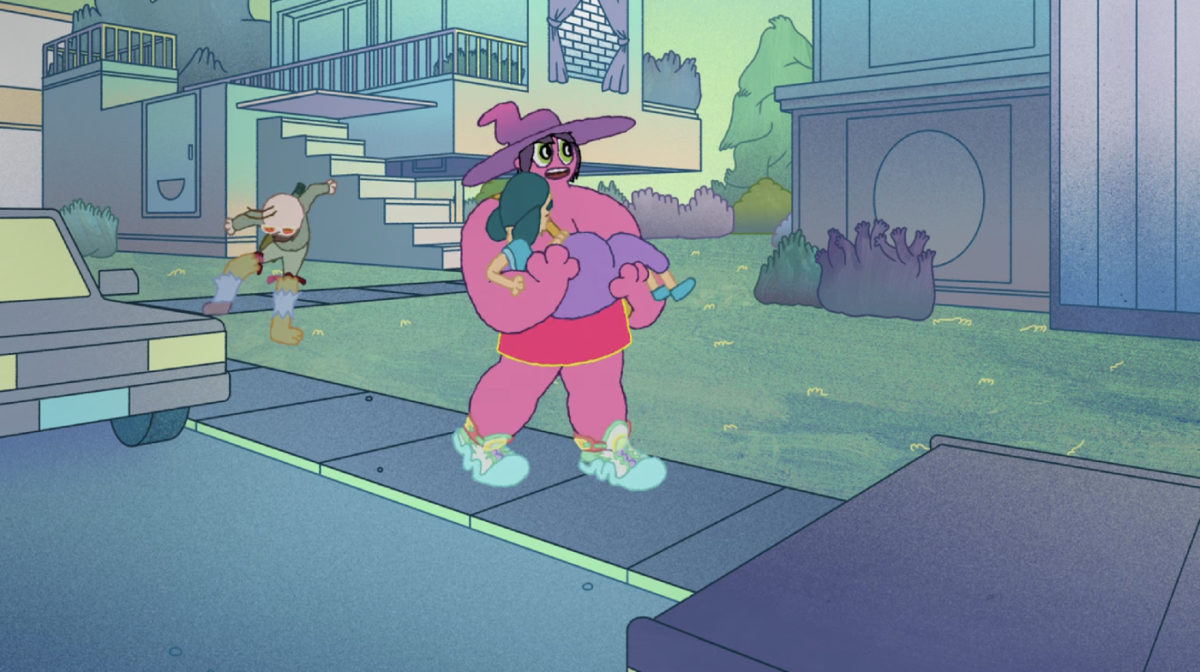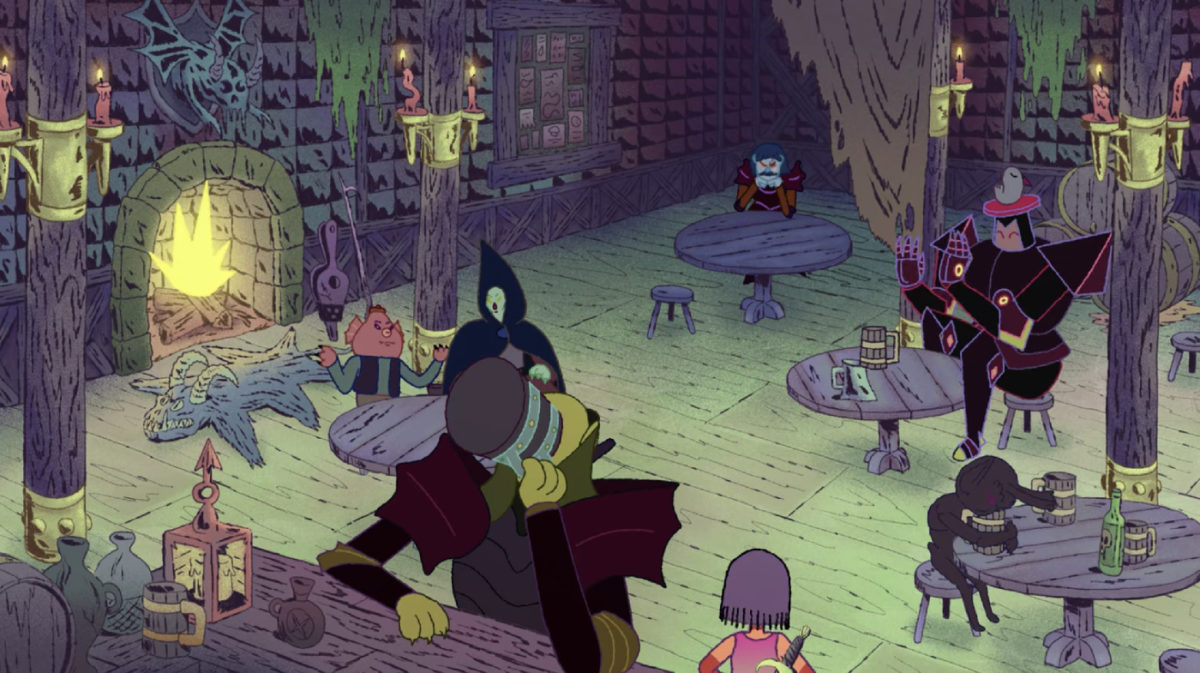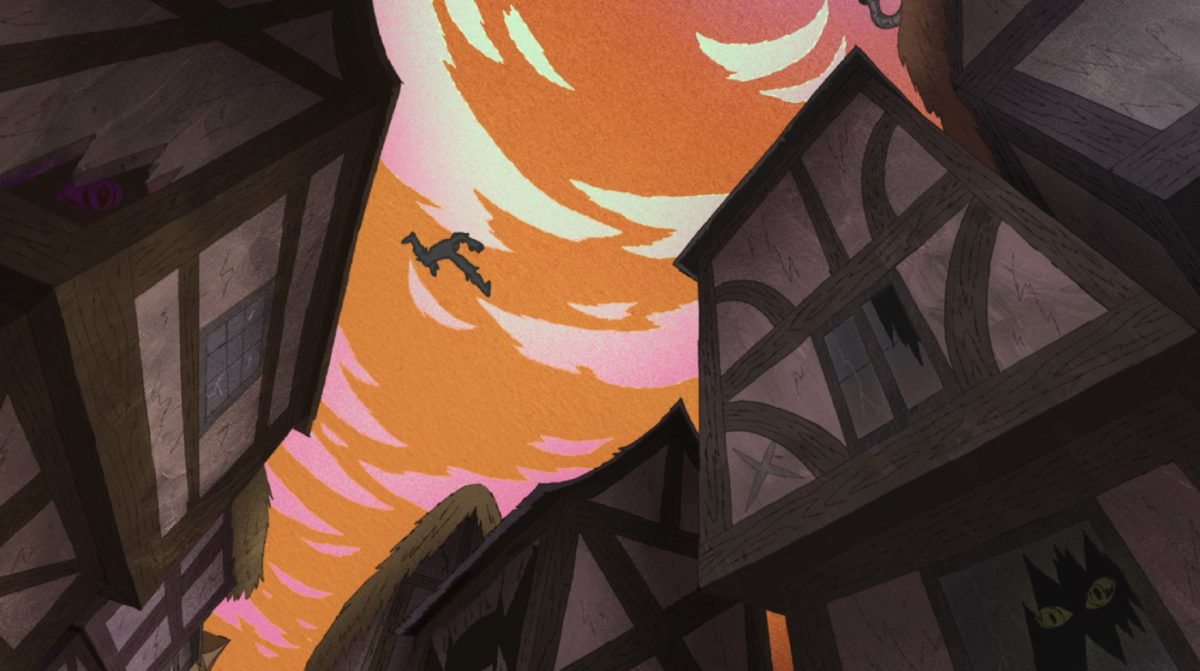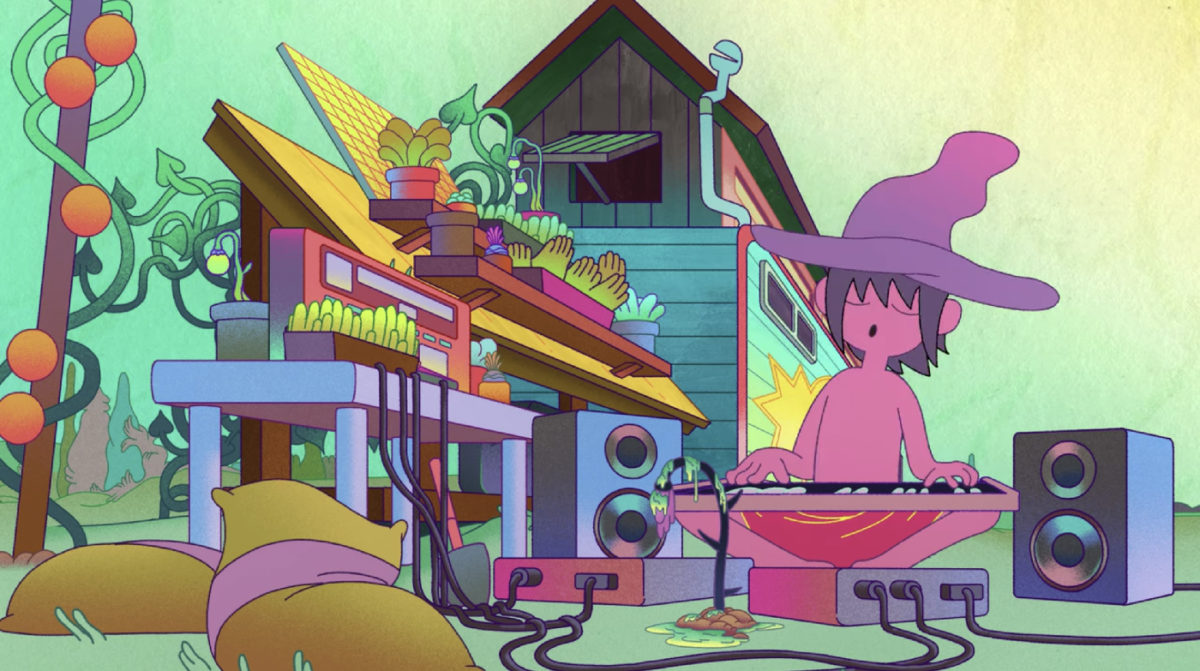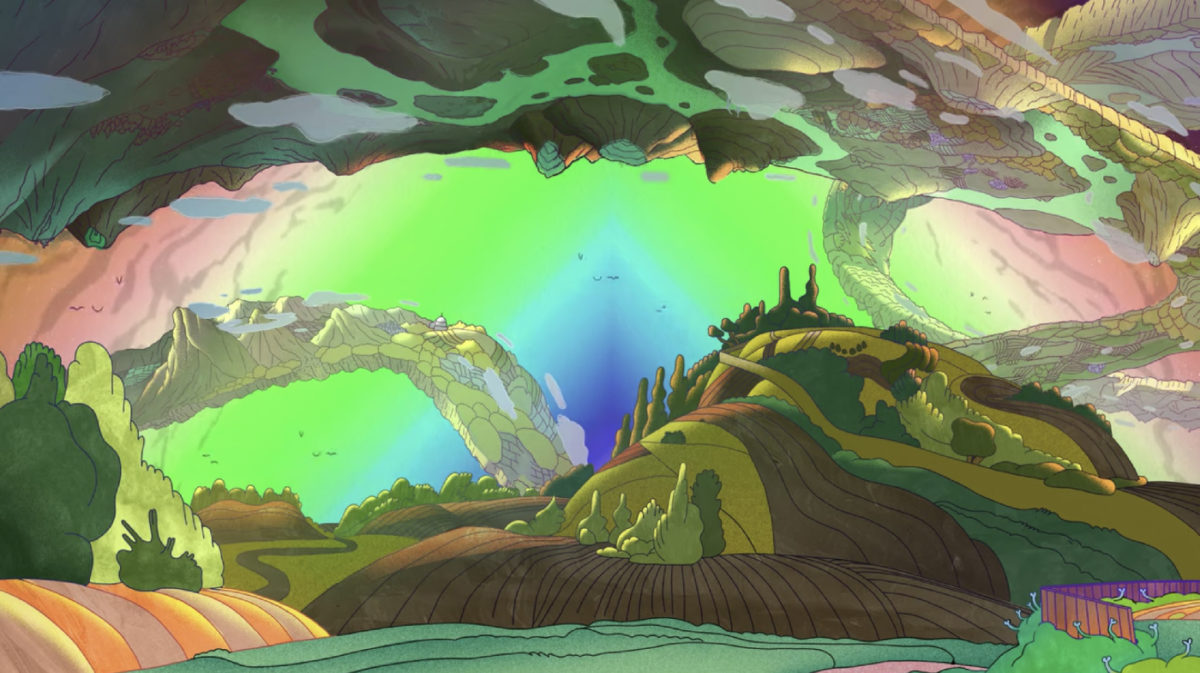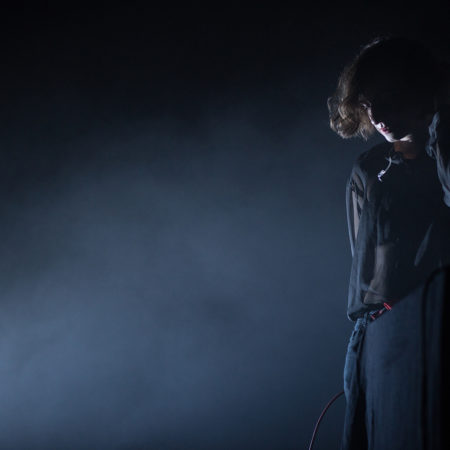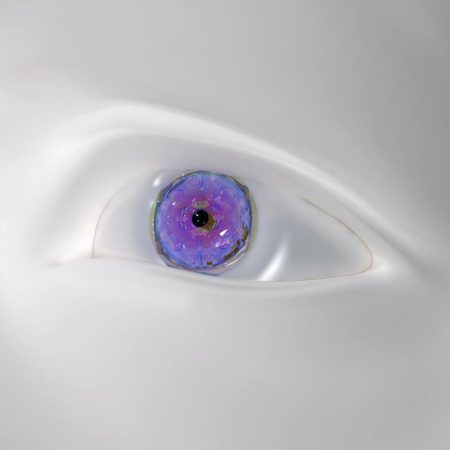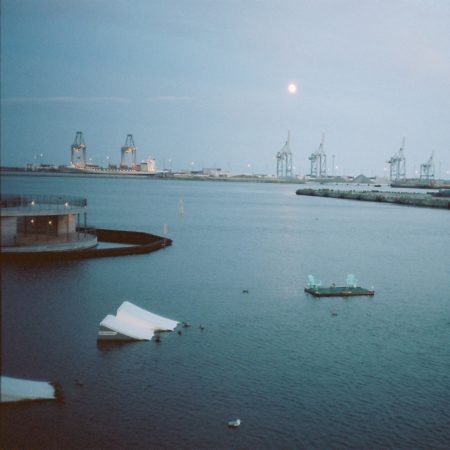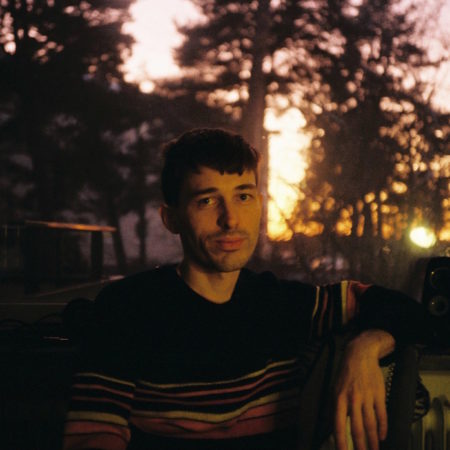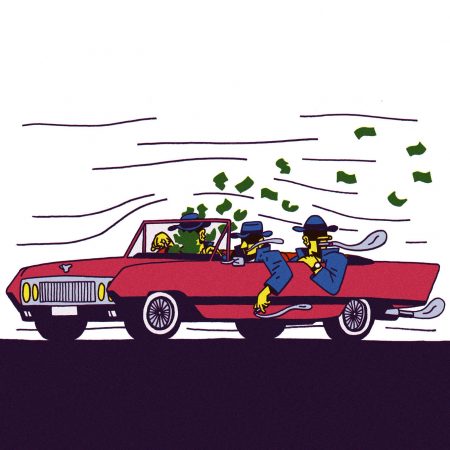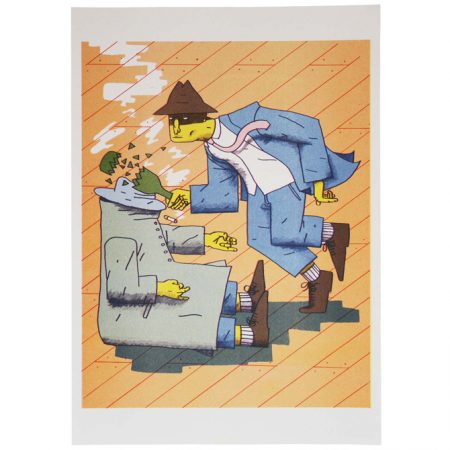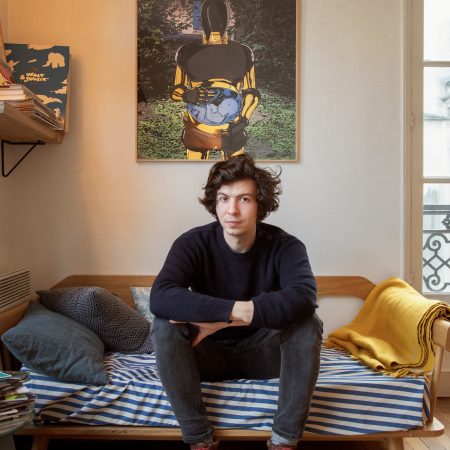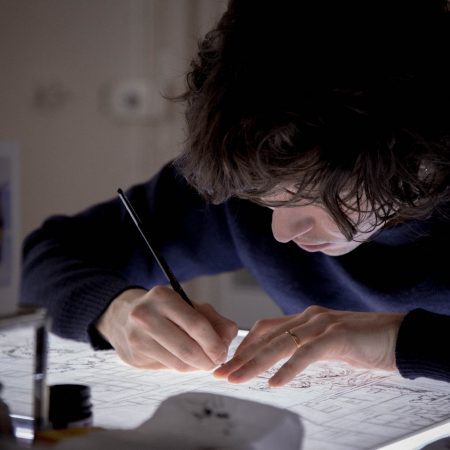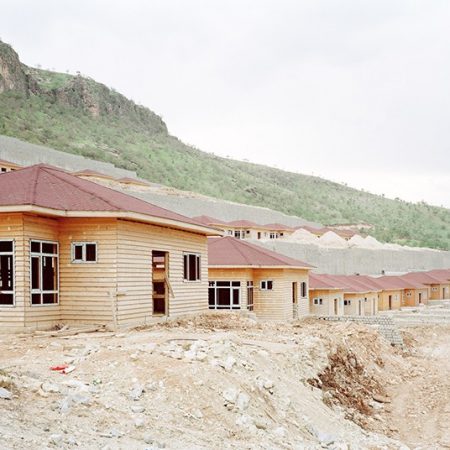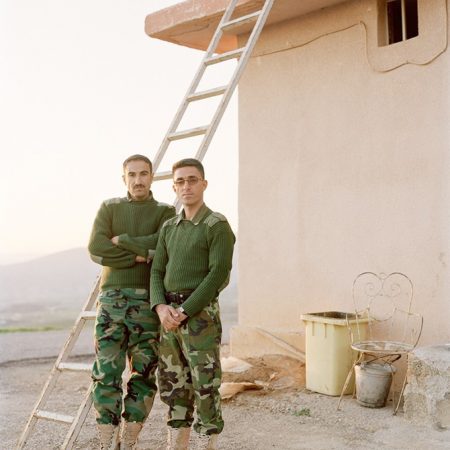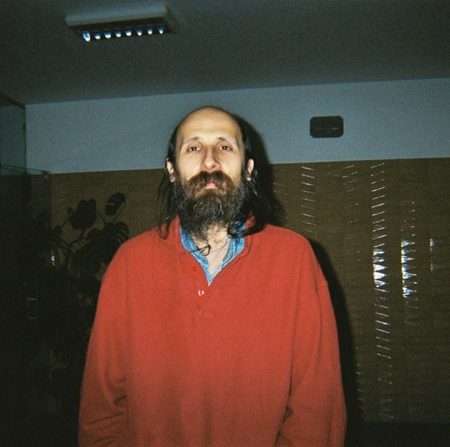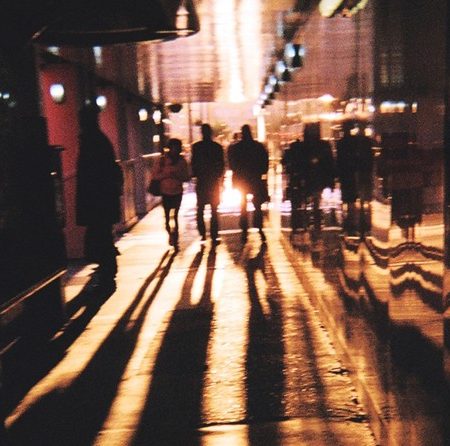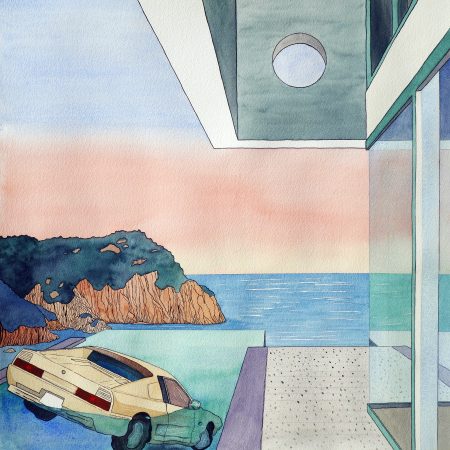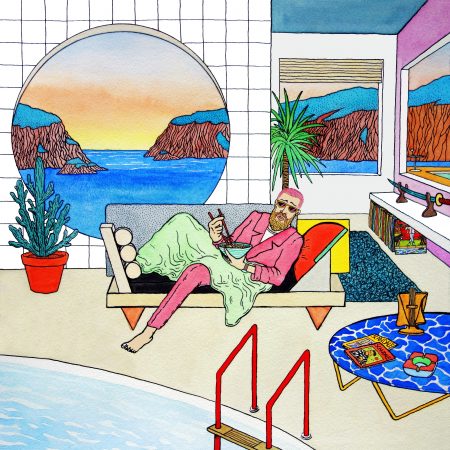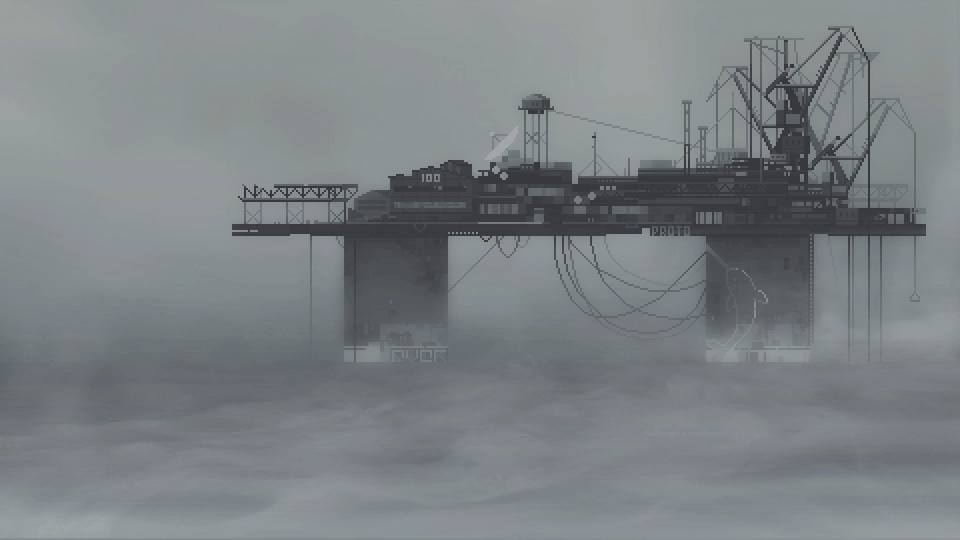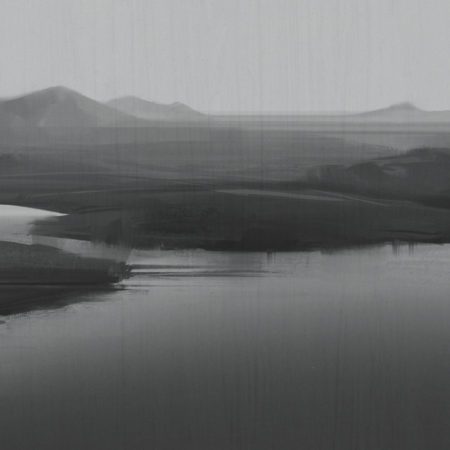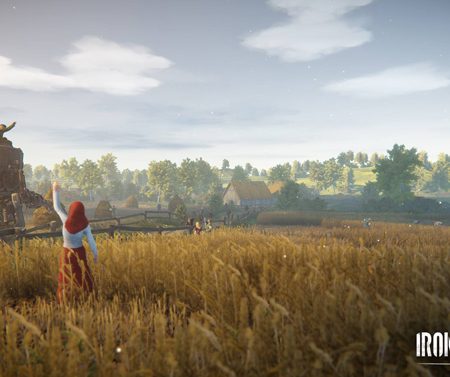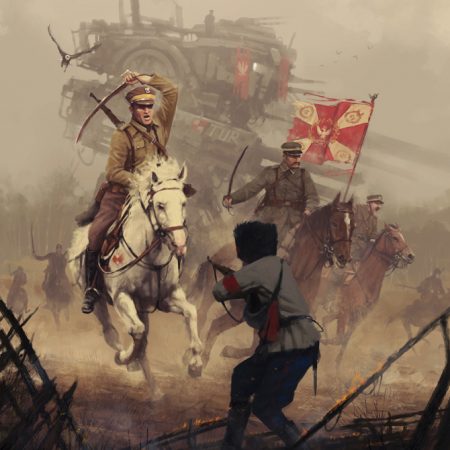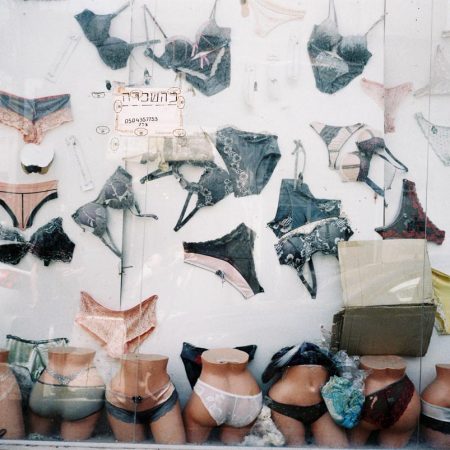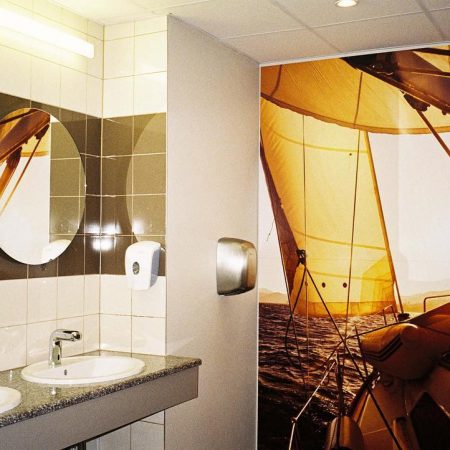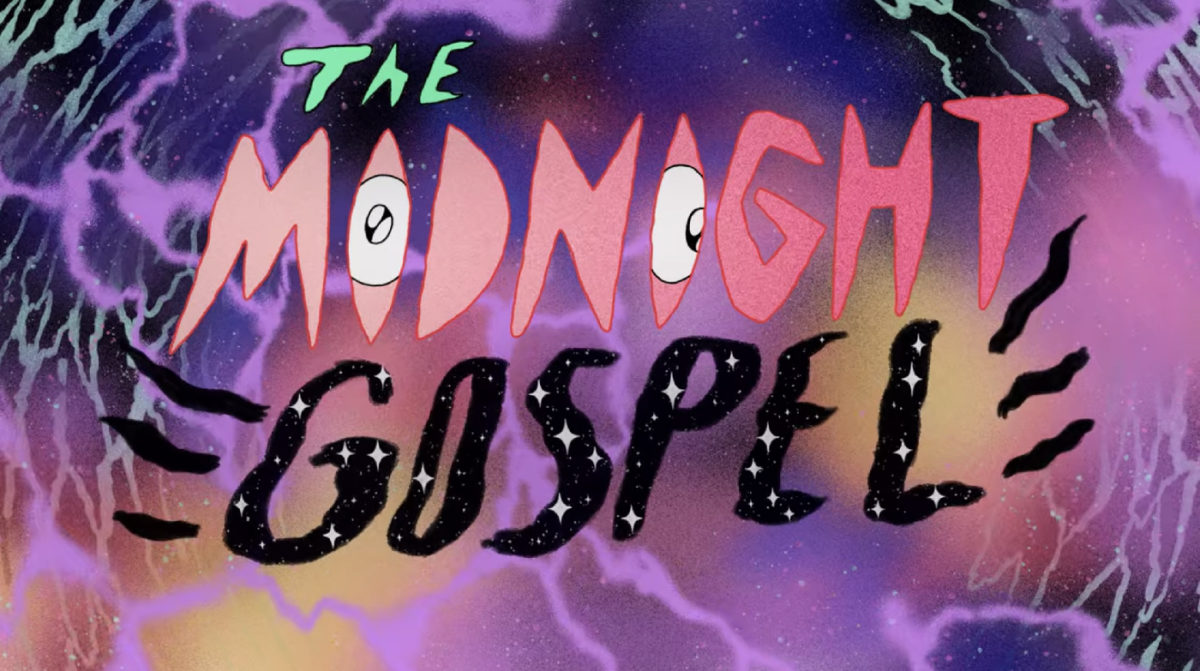
I’ve never had serenity in my life, but I’d like to find it someday.
Jesse Moynihan
ART . July 2nd, 2020The Midnight Gospel – latest show from the creator of Adventure Time – follows the travels of a guy interviewing curious people about spirituality across crazy, colorful, grainy worlds. 8 episodes, a unique experience we recommend. Jesse Moynihan, Art Director on the series, agreed to answer a few questions about this and that.
Who are you Jesse?
I’m a half Japanese middle aged man living in Los Angeles with my girlfriend and my cat.
What can we find is this curious head of yours?
Lots of questions about death, the afterlife, morality, spirituality and anxiety about people – especially people on the internet. I’ve been working a lot on building more sympathy for the weakness I find in others, which I’ve found to mostly be fear of weakness I find in myself.
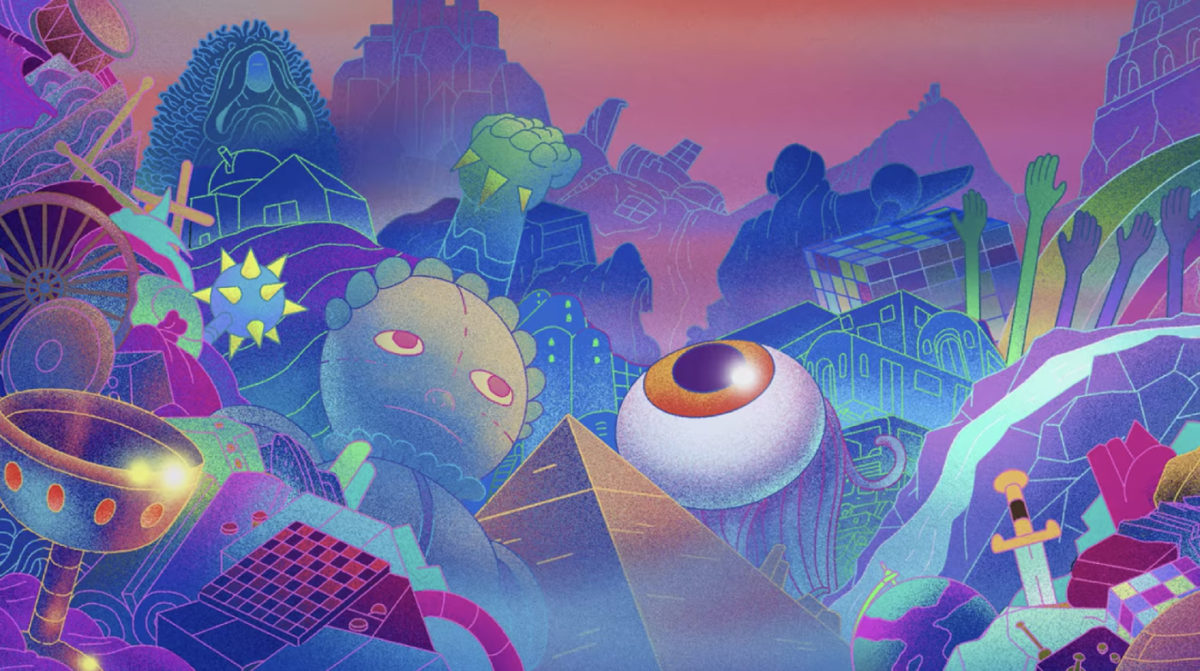
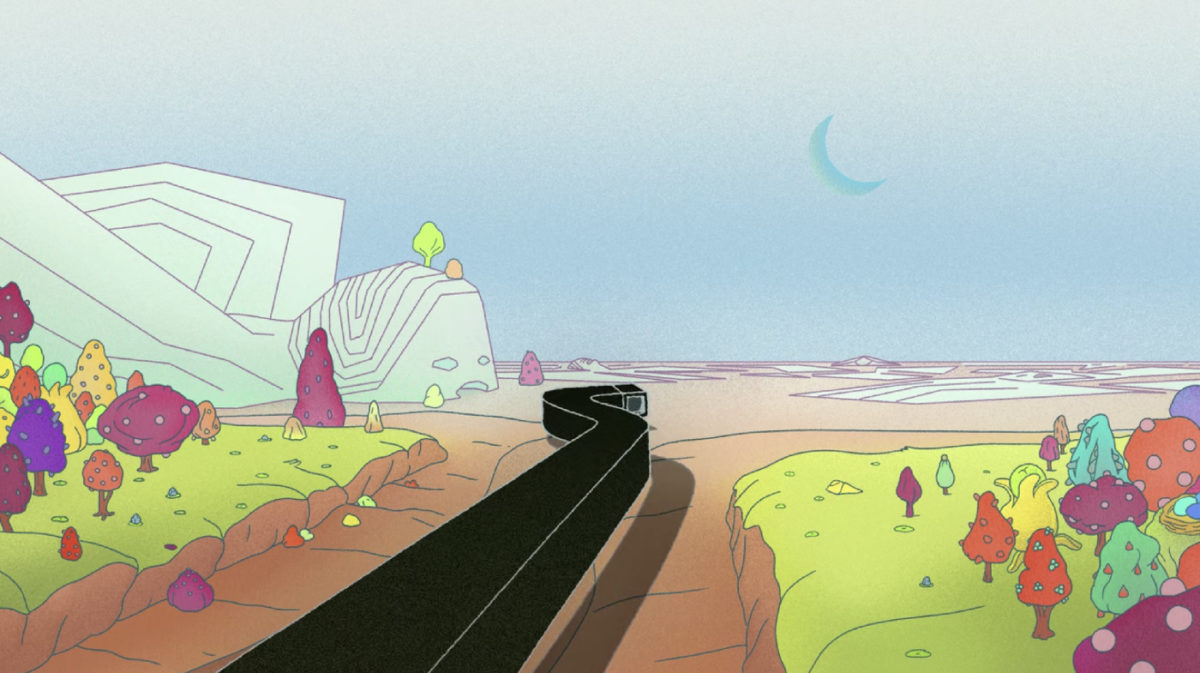
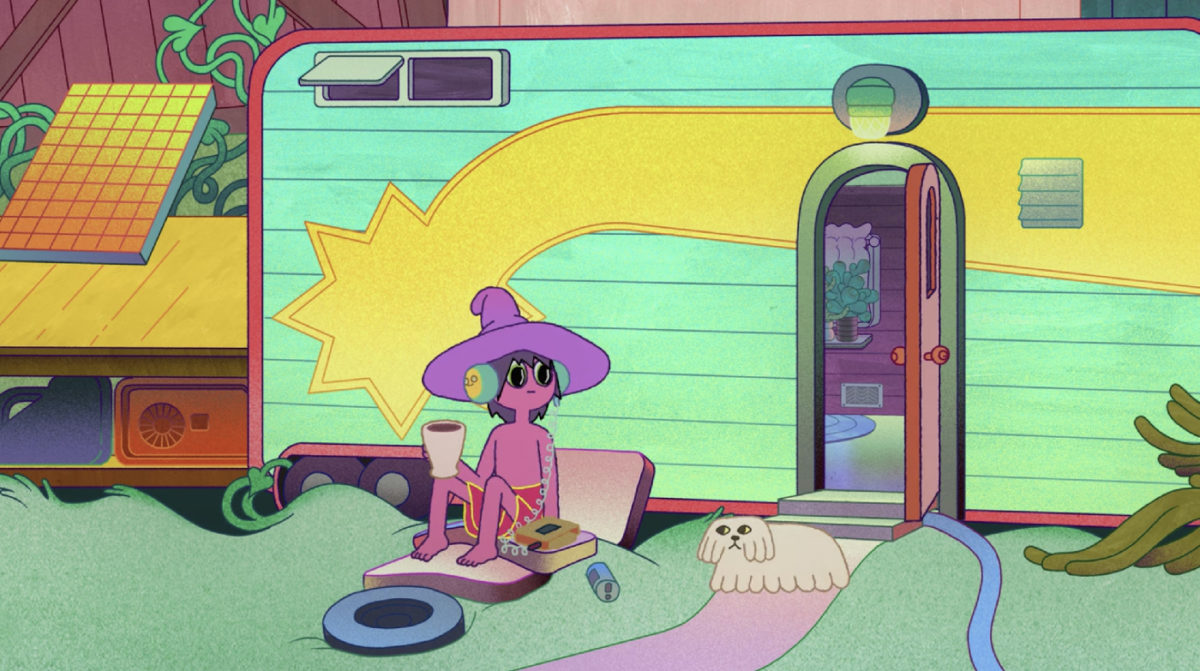
Give 3 songs that we could listen to while discovering your universe.
“De Futura” by Magma, “Surfs Up” by the Beach Boys, “Quartet For the End of Time” by Olivier Messiaen
What do you prefer to draw?
I prefer to draw muscular women, plants, and geometrical shapes that stack in fun ways.
Can you tell us more about your role in Pendleton Ward’s last show, The Midnight Gospel? and how did you experience this adventure?
I was the art director, which basically means I helped steer the visual aesthetics of the show and established many of the techniques that would be used by the painters, background designers, and character designers. I also consulted with the animators and compositors to make sure the vision stayed intact throughout the production pipeline.
I rode my bike to work from Echo Park to Hollywood everyday where I really got a feel for the layers of dust and mental illness of that neighborhood. Hollywood is a cursed place to me. It’s in a deep state of collective depression and delusion. Several days a week I would go to jiu jitsu class on my lunch break.
We can feel that you enjoyed exploring different styles while at the same time creating a consistent world.
Can you guide us through the process that led to that unique universe?
I really only have one style so no matter how many worlds I tried to help create, they were all unified by my basic approach to making “powerful” images. I was worried that the episodes wouldn’t feel cohesive but I think as long as there is a general visual ideology, the designs will hang together well enough. A lot of it has to do with knowing what I don’t like and what limitations I put on the artists who I’m collaborating with, and then also explaining how I came to the conclusion of using a certain shape and color language.
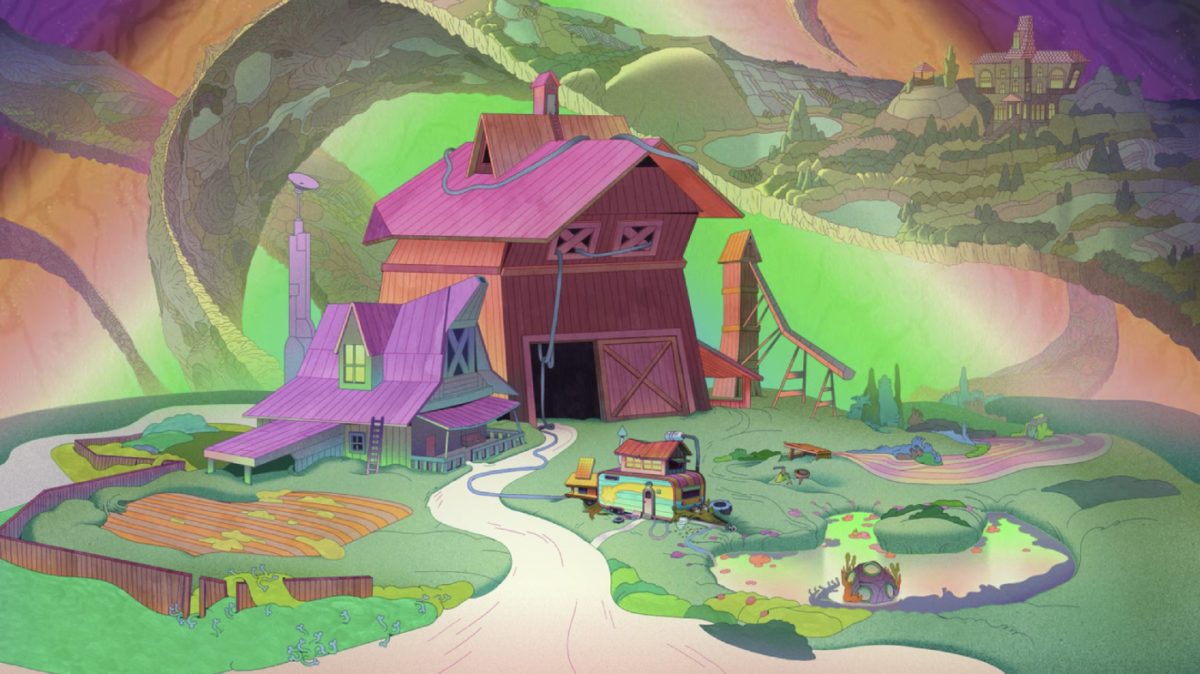
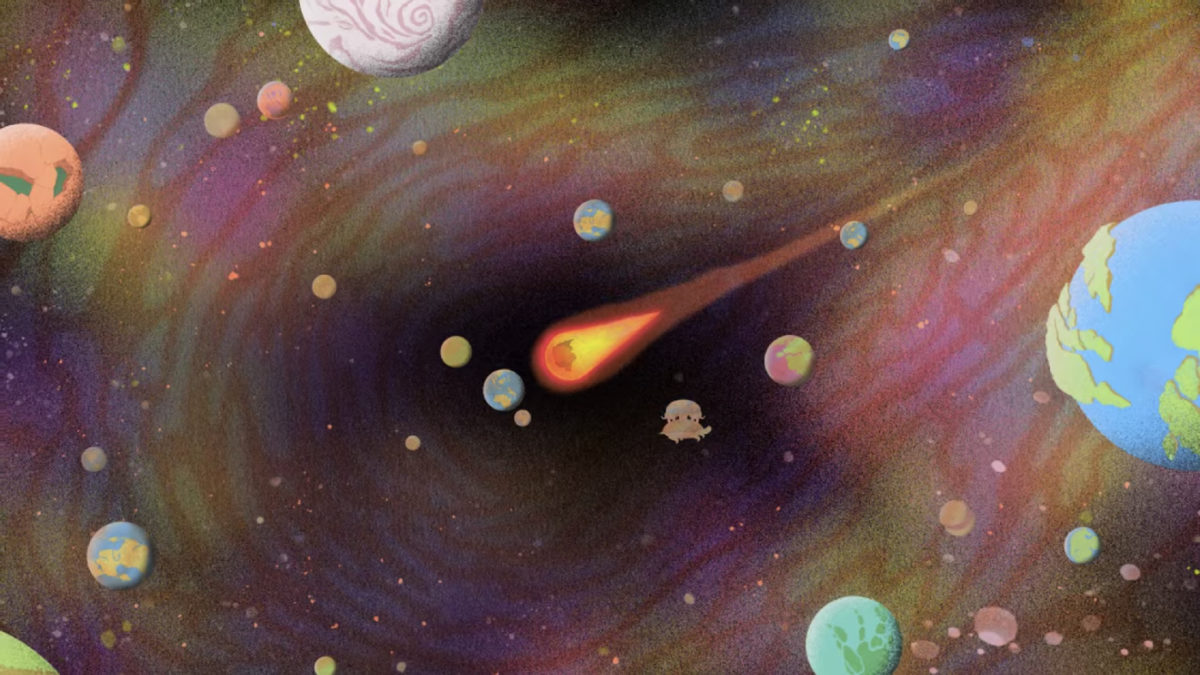
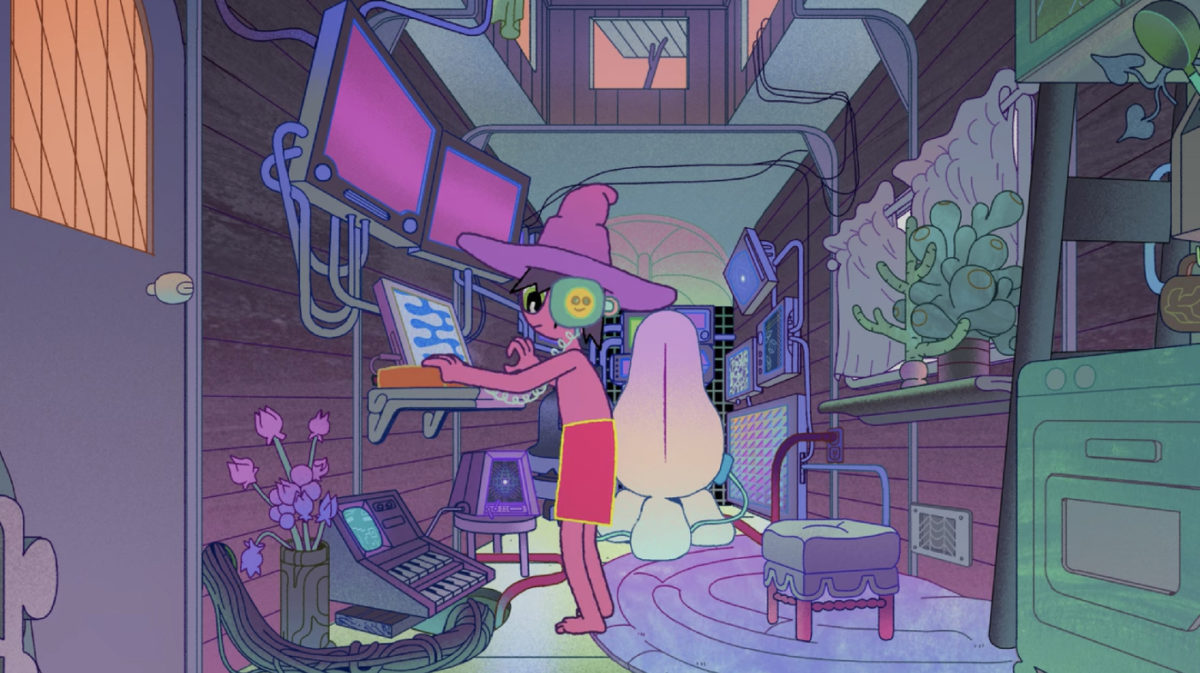
How much creative freedom did you have on the project? Compared to the work you did on Adventure Time, that was, I guess, more about following an already existing art direction.
Well on Adventure Time my artistic freedom was mostly expressed through storytelling. In that sense, I was given a lot of freedom. On Midnight Gospel I was trying to serve the interests of Pen, Duncan and the storyboard artists in a way that would make everyone feel like this show was going to be more than they had hoped. That was my intention anyway.
Pen and I have a long standing artistic friendship and I feel I am very sympathetic to his needs as a creator. A lot of the process was just shooting ideas around and getting psyched on making cool shit. It was very free, but I always keep in mind that an art director is in service of the show runners.
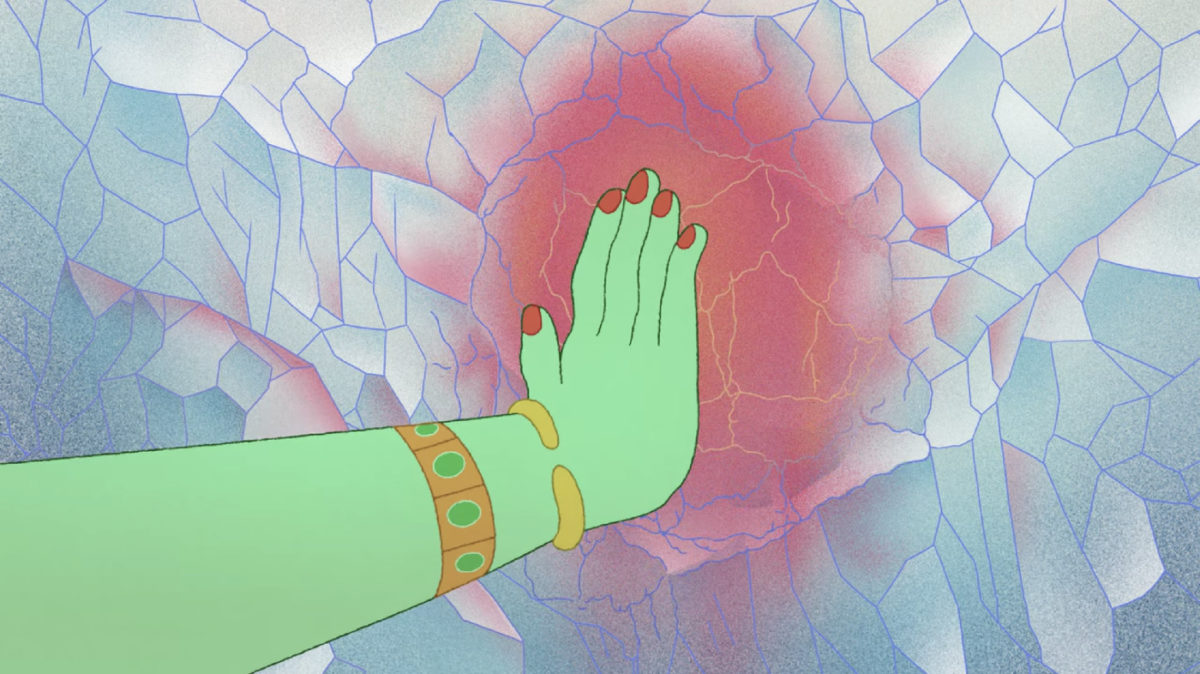
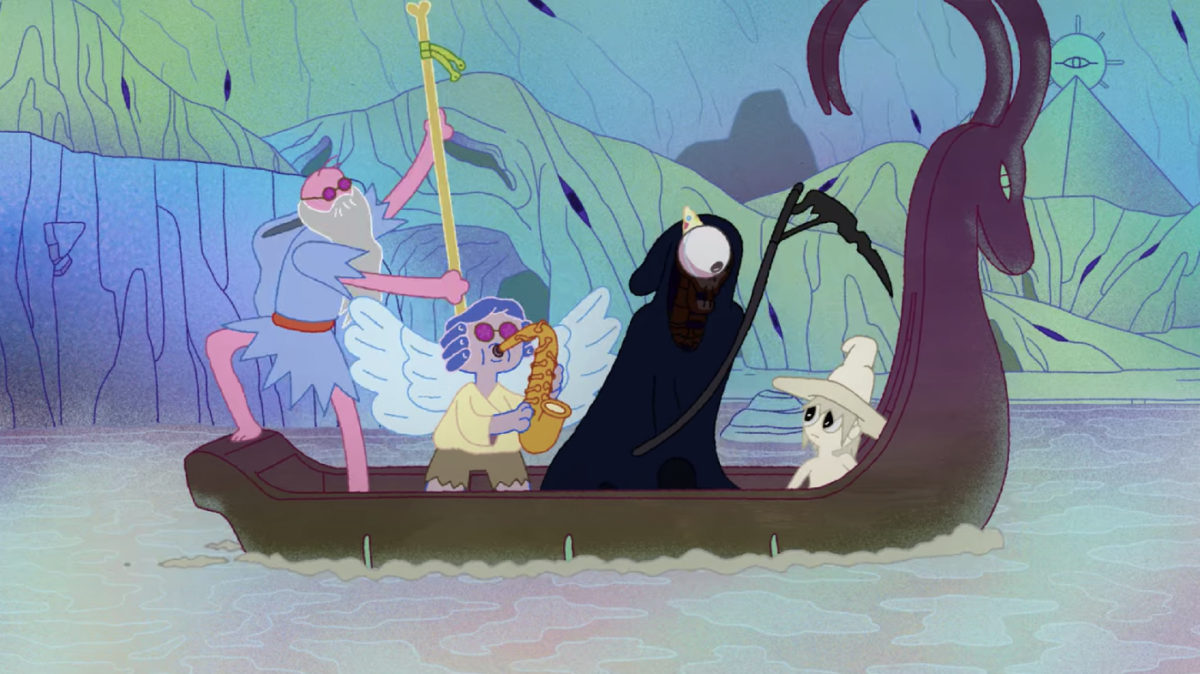
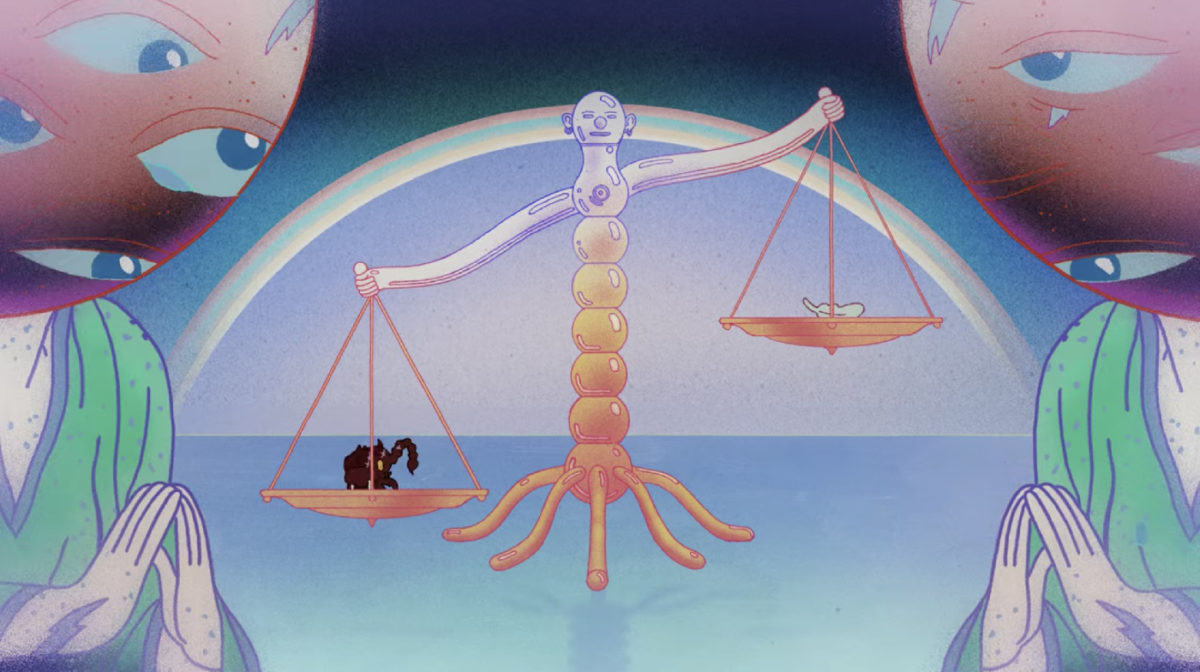
Can you tell us about the collaboration with Elle Michalka? How’s is to develop the look of a show with 4 hands?
Elle was extremely instrumental in the development process. She established many key locations and color palettes. She taught me a lot about photoshop that I had to learn on the fly because I’m primarily an analogue artist. She helped me figure out how to translate my tactile work into the digital space. She also studied under several brilliant art directors and showed me some traditional approaches to light and shadow that I had only a vague understanding of beforehand. Elle’s style is very graphic and flat, and we used some of that to help unify the environments with the simple approach to character design.
My collab with Elle was sort of like a weird merger of outsider artist and traditional artist? Our artistic motivations were very different sometimes. I was always trying to communicate power and mystery, and she was trying to convince me to prioritize clarity.
Did this experience help you find serenity in your life?
No I’ve never had serenity in my life, but I’d like to find it someday. Working on a show like this creates massive amounts of anxiety and stress. Stress becomes your fuel and helps you generate more and more good ideas. Then after it’s over you go lay in bed for a month and eat cookie dough.
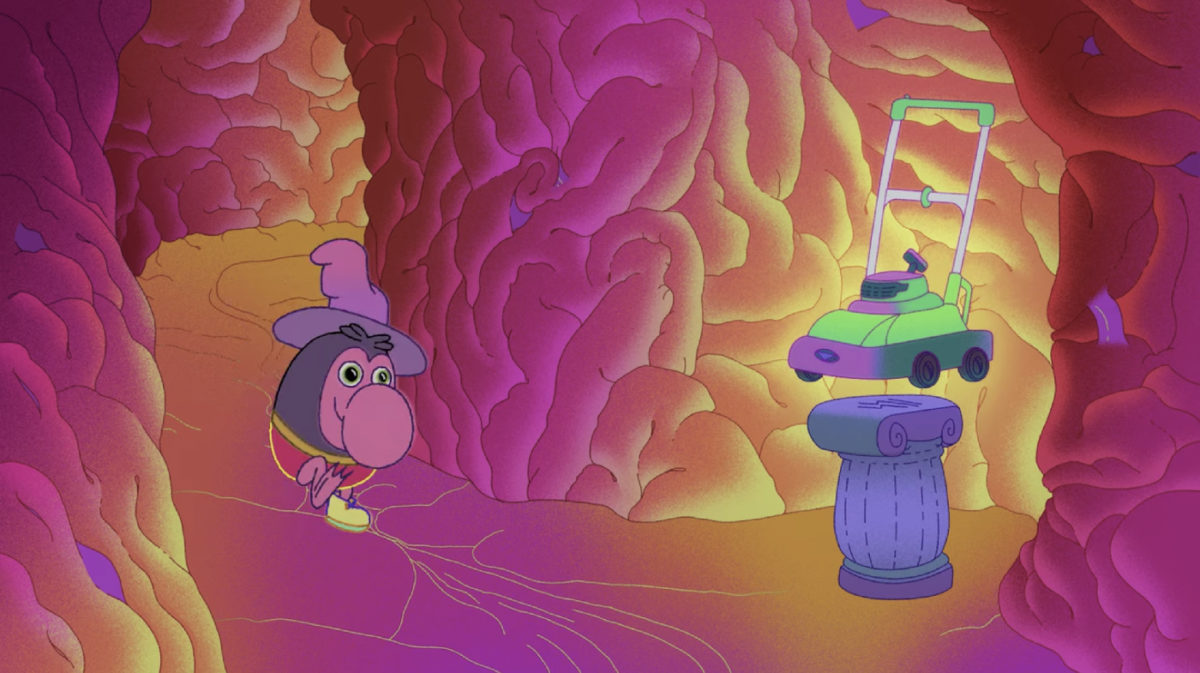
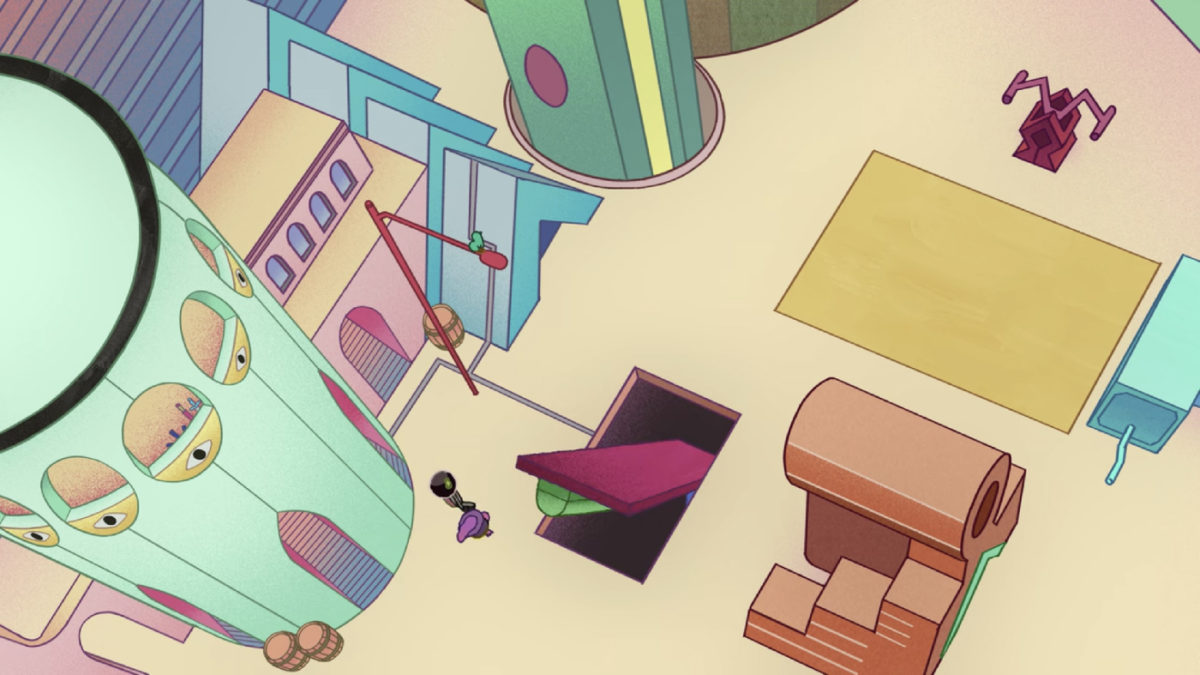
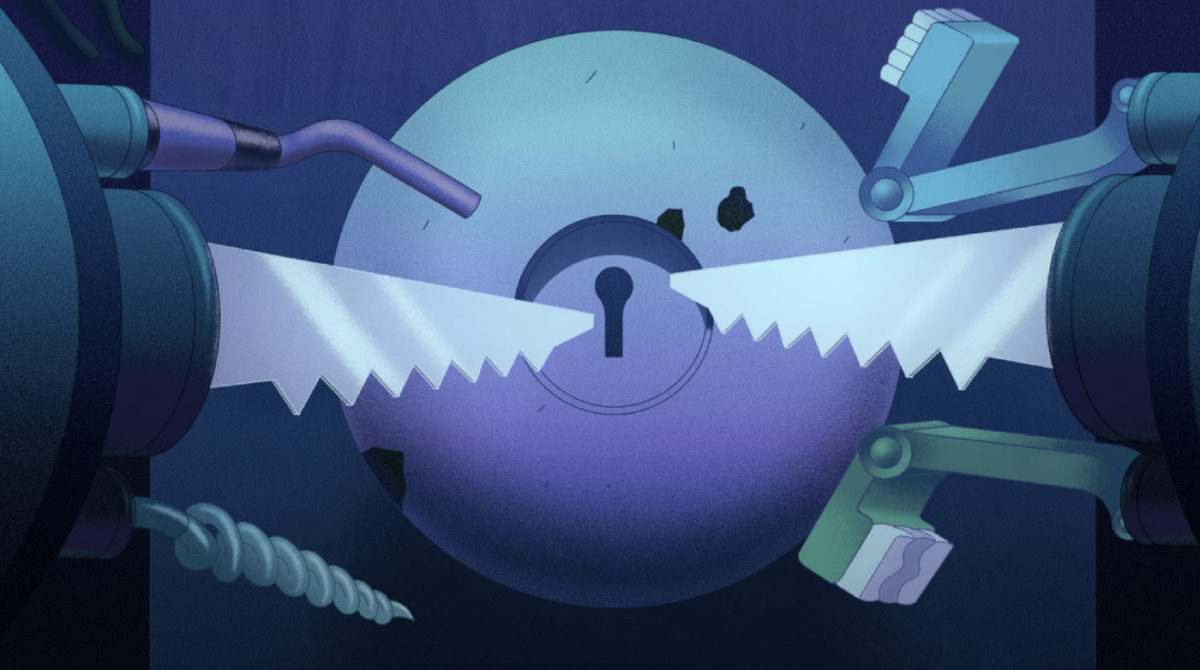
Can you tell us about your music and how it’s linked to your illustration work?
My music is just another outlet I use to feel good about spending my time on this planet. I don’t know if it’s really related to my drawings but sometimes I guess I like to daydream about images moving to music that I could potentially write.
What now? What’s next for you?
Right now I’m trying to get my own personal projects made. I have an animated short called Jesus2 that I’m trying to get funding for. Also I made a pilot called Manly that I’m trying to get made into a series. I’m also trying to finish a graphic novel and a set of Tarot cards that I’ve been researching for 5 years or so.
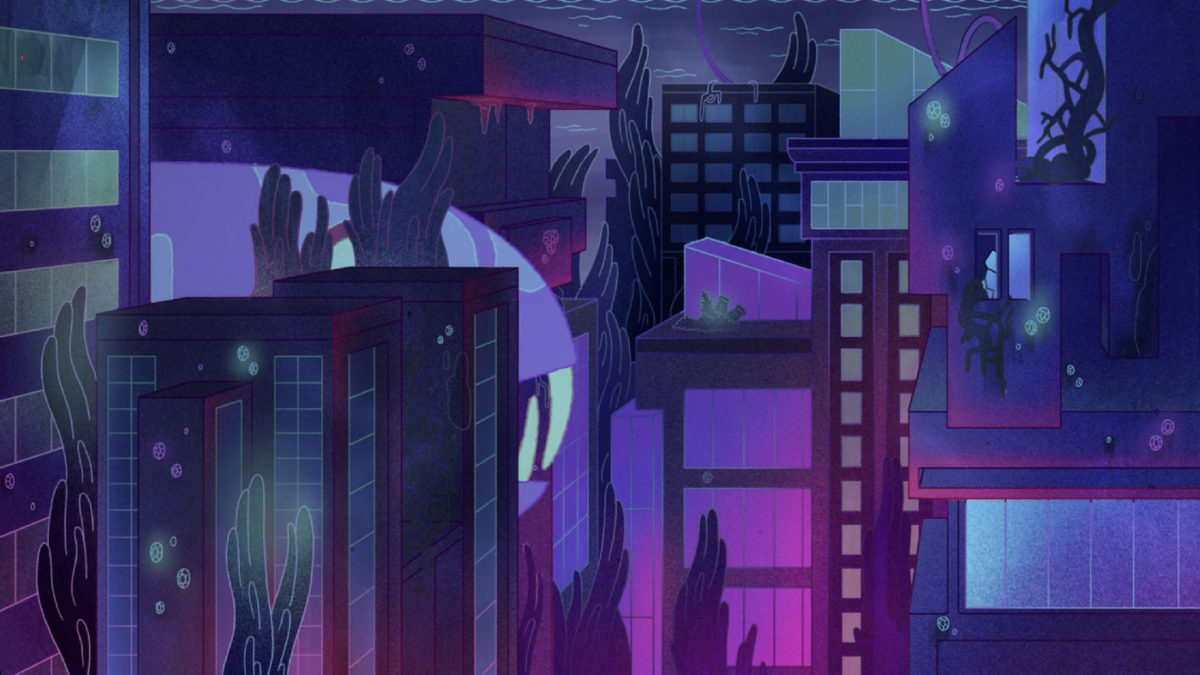
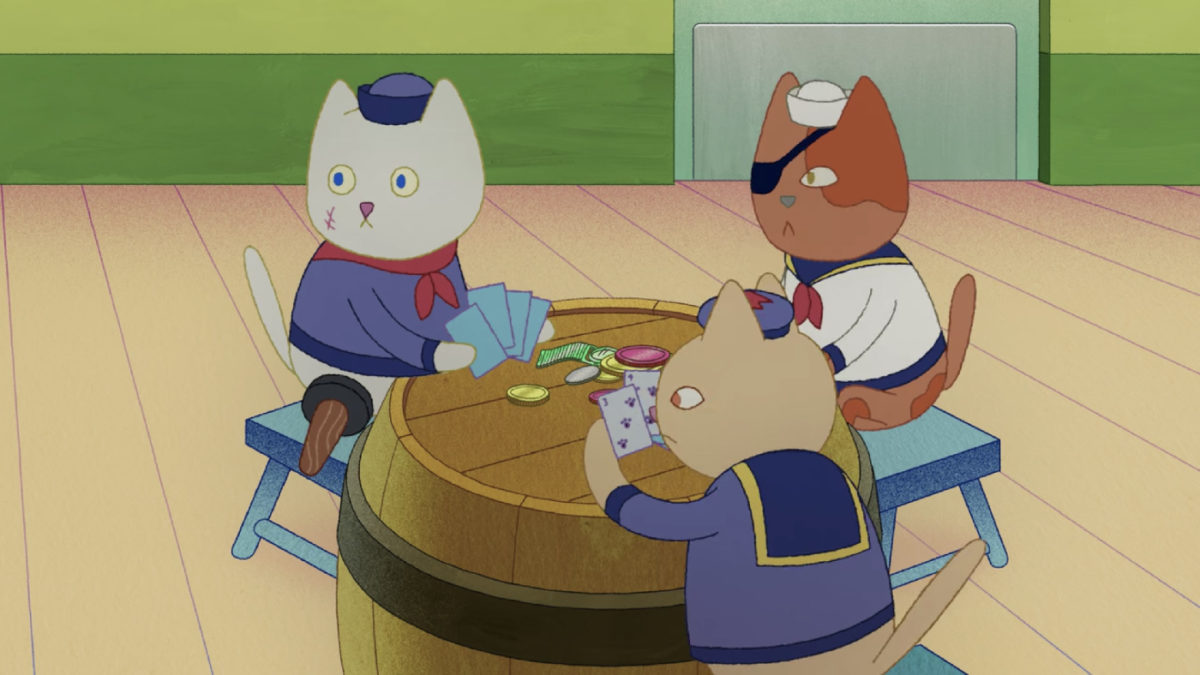
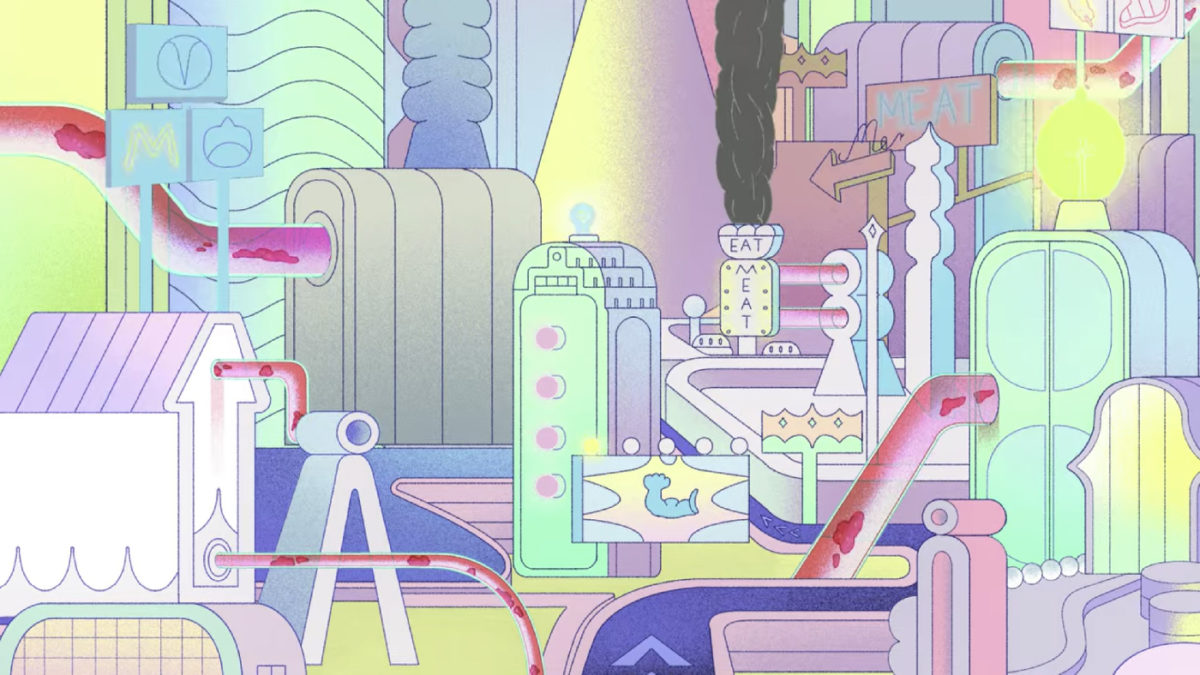
Do you listen to podcasts? Which ones and when?
My favorite podcast is Tigerbelly. It’s hosted by the comedian Bobby Lee and his girlfriend Khalyla Kuhn. It’s a very human podcast and it’s very very funny. If you listen to all the episodes in order it’s like listening to an epic soap opera about a complete slob slowly getting his act together.
What are you going to do just after having answer to this final question?
Work on storyboards. Eat a banana mashed up with peanut butter.
